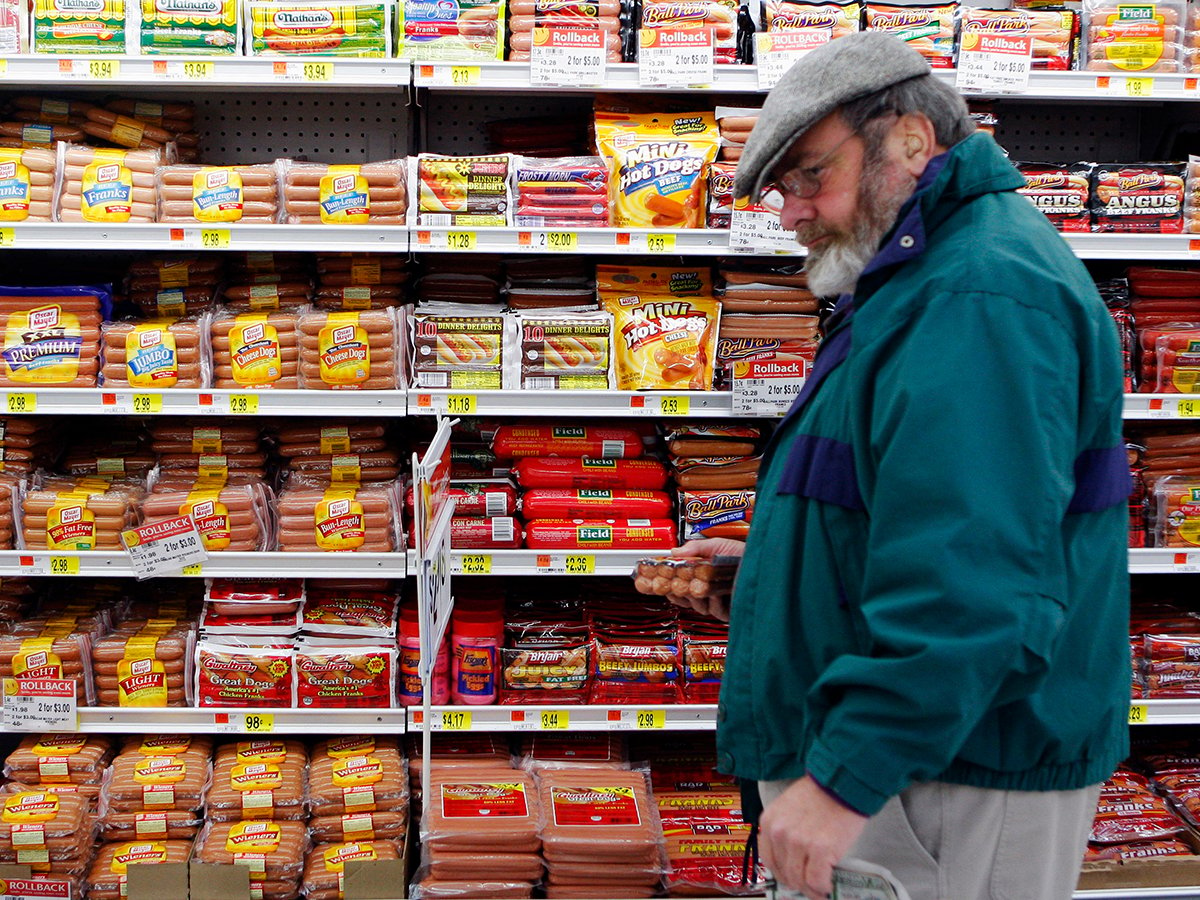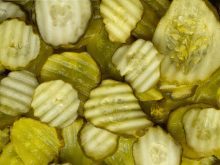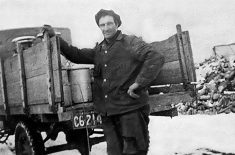Discussions about public perceptions toward agriculture often include worries that many consumers no longer know where their food comes from.
Stories abound of urban kids being asked where milk comes from and replying, “the store.”
I remember a former Western Producer staff member who didn’t want to think too deeply about how meat ended up on her plate. She used to joke that as far as she was concerned, meat came from the grocery store, end of story.
Read Also

Food exporters urged to ease reliance on U.S.
Farm Credit Canada says there is a $12 billion opportunity in diversifying food and beverage exports to markets other than the United States.
It’s easy to be condescending when talking about consumers who are so out of touch with agriculture that they don’t know how their food is produced.
However, I had to take a good, hard look in the mirror earlier this year when a friend brought us a bag of dried bay leaves picked from his neighbour’s bay tree.
We cook with bay leaves all the time and have always kept a jar of the dried ingredient in our spice cupboard. These brittle leaves often break into small pieces, making it difficult to determine how many pieces are needed to make the equivalent of one bay leaf.
You don’t want the pieces to be too small or it will be almost impossible to pick them out of the finished dish. Swallowing a piece of dried bay leaf is not recommended.
I have never been convinced that bay leaves do much for the flavour of a dish, but we’ve always used them anyway.
However, I must admit that before our friend brought us a bag of bay leaves this fall, I had never thought about where this dried-out ingredient comes from.
It turns out they are grown on bay laurel plants, which are aromatic evergreen trees or large shrubs with green, smooth leaves.
Our friend’s neighbour keeps the plant in a pot inside over winter and then moves it outside for the summer.
They pick, wash and dry the leaves in the fall.
Who knew? I certainly didn’t.
This episode got me pondering other food origins that I’ve been oblivious about.
Tapioca, for instance — I have no clue where that comes from. It’s the same with saffron.
Now, however, I have a jar of nice, intact bay leaves in our cupboard and a little less ignorance as to where my food is made.

















